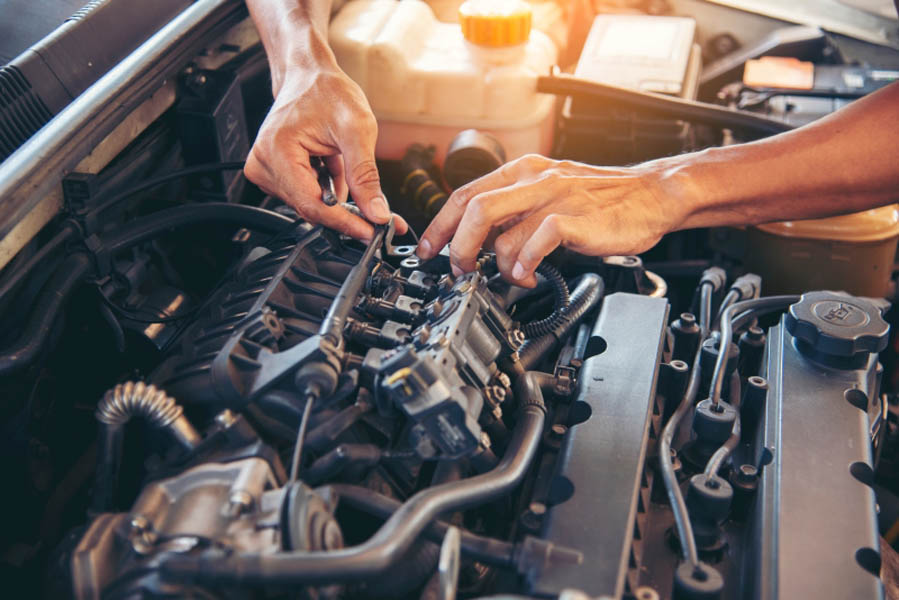
06 Jan Ever Wonder Why Your Car’s Check Engine Light Is on? Here’s What It Could Mean
There it is—the dreaded glow of your car’s check engine light. It pops up unexpectedly, a tiny beacon of mystery that can turn a good day into a worrisome one. But what does it mean? Is it a simple fix or a sign of something more serious?
Before you panic, take a deep breath. That little light could mean a lot of things, and not all of them are catastrophic.
A Loose or Faulty Gas Cap
Yes, something as minor as your gas cap can trigger the check engine light. If it’s loose, cracked, or missing, it can mess with your car’s fuel system, causing the light to come on.
Before you jump to conclusions, check the gas cap. Tighten it securely, and if the light doesn’t go off after a few drives, you might need a replacement.
Issues with the Oxygen Sensor
The oxygen sensor monitors the unburned oxygen in your car’s exhaust system. When it malfunctions, it can affect your car’s fuel efficiency and emissions.
While this isn’t an emergency, ignoring it can lead to bigger problems, like damaging the catalytic converter—a much pricier fix.
A Failing Catalytic Converter
Speaking of catalytic converters, they’re a common culprit behind the check engine light. This essential component reduces harmful emissions and keeps your car eco-friendly.
Signs of a failing catalytic converter include decreased fuel efficiency and a noticeable drop in
Spark Plug or Ignition Coil Problems
Your car’s spark plugs and ignition coils work together to ignite the fuel in your engine. When they’re worn out or failing, your car might struggle to start, idle roughly, or experience decreased performance.
Replacing spark plugs is relatively inexpensive and can prevent bigger engine issues down the road.
Malfunctioning Mass Airflow Sensor
The mass airflow sensor helps your car’s engine adjust the amount of air entering the system. If it’s faulty, your engine might run too rich or too lean, which can affect performance and fuel economy.
A quick diagnostic test can pinpoint this issue, and replacing the sensor usually restores your car to its optimal condition.
Don’t Ignore the Light
The check engine light doesn’t mean your car is doomed, but it also shouldn’t be ignored. Here’s what to do:
- Stay Calm: Most issues aren’t emergencies.
- Check the Gas Cap First: It’s the simplest fix.
- Run a Diagnostic Test: Use an OBD-II scanner or visit a trusted mechanic to identify the problem.
Once you know what’s wrong, act quickly to prevent small issues from escalating into expensive repairs.
Conclusion
That little light might seem annoying, but it’s your car’s way of protecting you. It alerts you to potential problems before they become major headaches. Paying attention to it and addressing the underlying issues promptly can save you money and keep your car running smoothly.
So, the next time your check engine light comes on, don’t stress—listen to what your car is telling you and take action. It’s all part of keeping your ride in top shape and your mind at ease.

